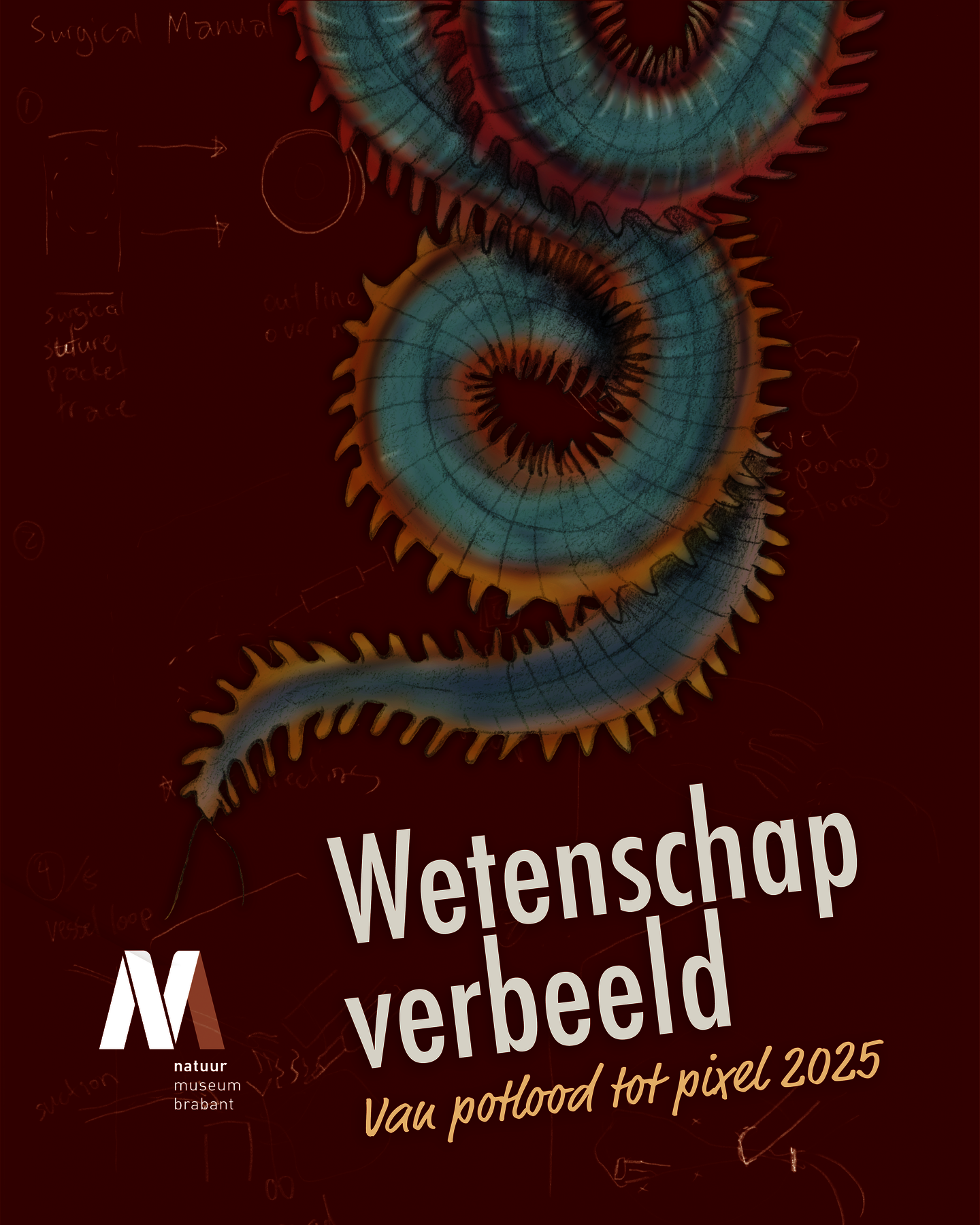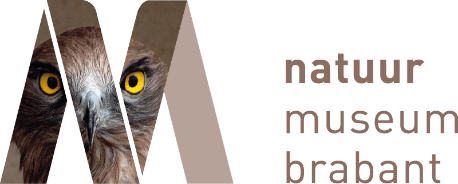Visualising science
- June 6- October 26

scientific illustrations: at the intersection of science, art and technology
Suppose you are a scientist and have developed a new surgical technique, for example. How do you show the importance of your discovery?
Through scientific illustrations: exactly at the intersection of art, science and technology. The new exhibition Visualising Science can be seen in the Brabant Nature Museum from Friday 6 June, with the graduation work of eight Master Scientific Illustration students from Zuyd University of Applied Sciences and Maastricht University. You will get a completely different view of osteoarthritis, robotics or the ecosystem of the Wadden Sea!
‘Science Visualised’ is a new exhibition in the successful series ‘From pencil to pixel’ on ecology, botany and medicine. The exhibition shows how important scientific illustrations are for science and education. The focus is on the graduation work of students from the master’s programme Scientific Illustration at Zuyd University of Applied Sciences and Maastricht University. This excellent international programme is unique in Europe.
What makes scientific illustrations so important?
“An illustration can make something visible that photography or AI simply cannot,” says curator Hanny van den Brand. She herself graduated from the Scientific Illustration programme. “We create images that were not there before and therefore cannot be generated or photographed. We use traditional and digital techniques to convey scientific information clearly and attractively.”
The exhibition shows how illustrators – in close collaboration with scientists – visualise biological, medical and clinical subjects. Their work will soon be found in medical brochures, scientific publications and educational material. They are not only illustrators, but also storytellers, who convert complicated information into powerful images. And that it can be used in many different areas is clear from the diversity of subjects. You see detailed representations of artificial knees, the ecology of the Wadden Sea to robotics.
The end result is of course important, but the exhibition also shows the process behind it. It shows how the illustrations get their final form and content and how much attention is paid to observation, detail and structure.
Illustrating workshops
Inspired by the illustrations? In addition to the exhibition, the museum is also organising a series of workshops, aimed at both beginners and advanced illustrators. The recently graduated illustrators will share their working methods and techniques.
‘Visualising science’ can be seen from 6 June to 26 October.

